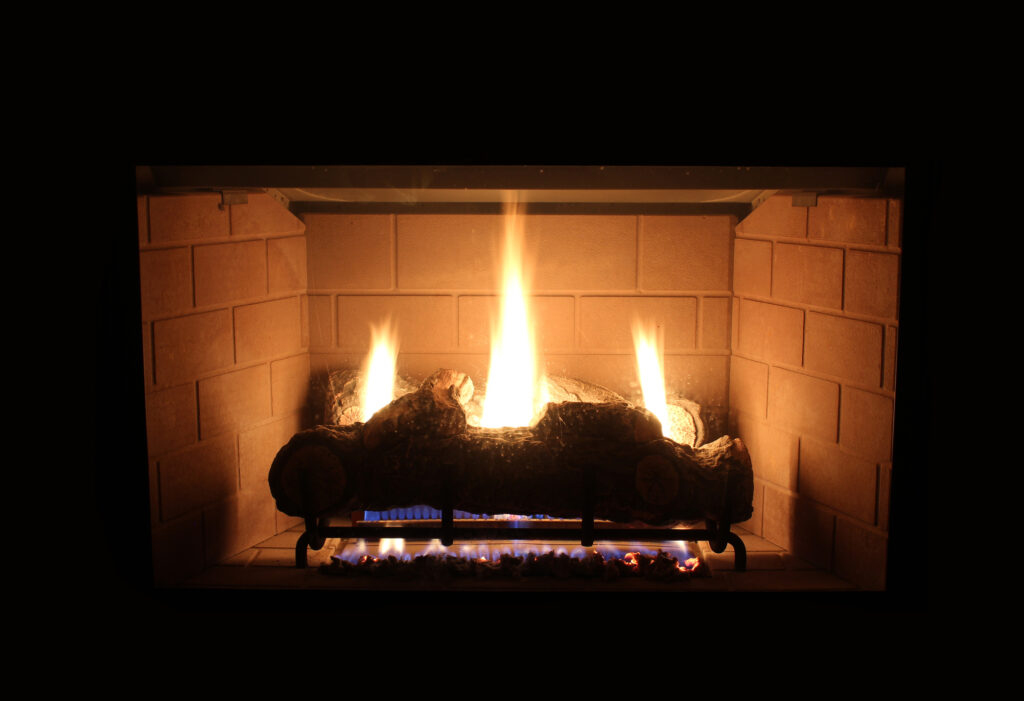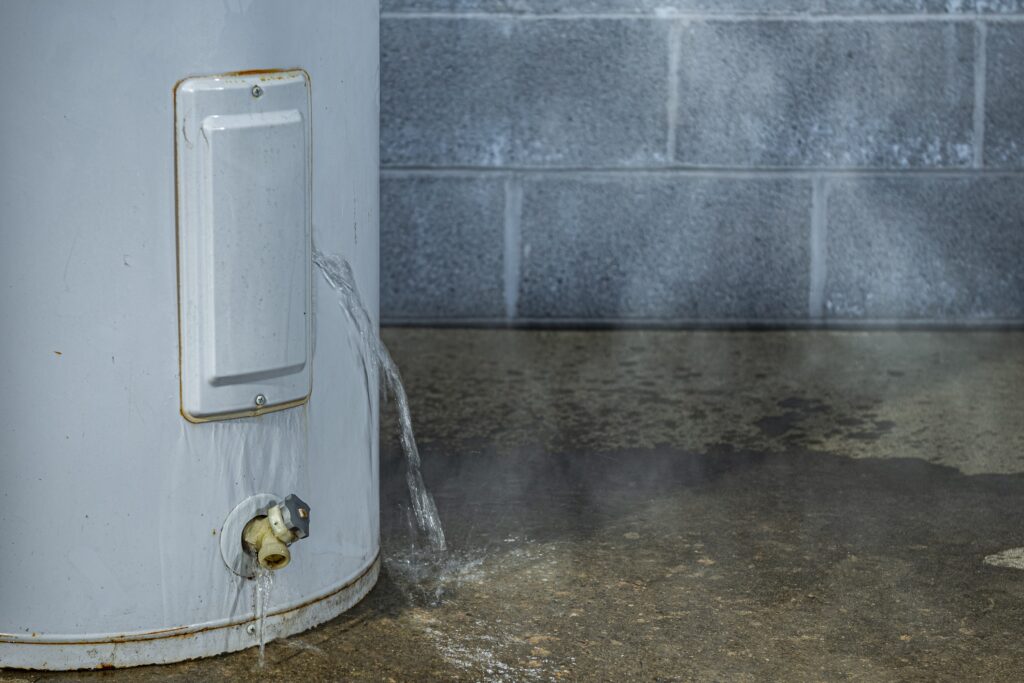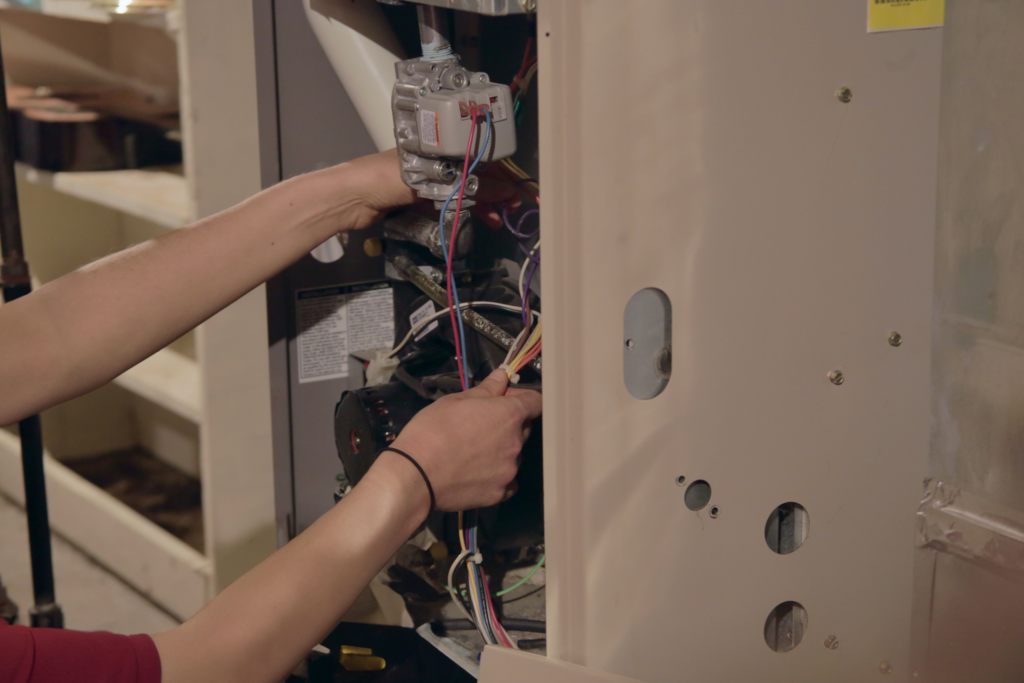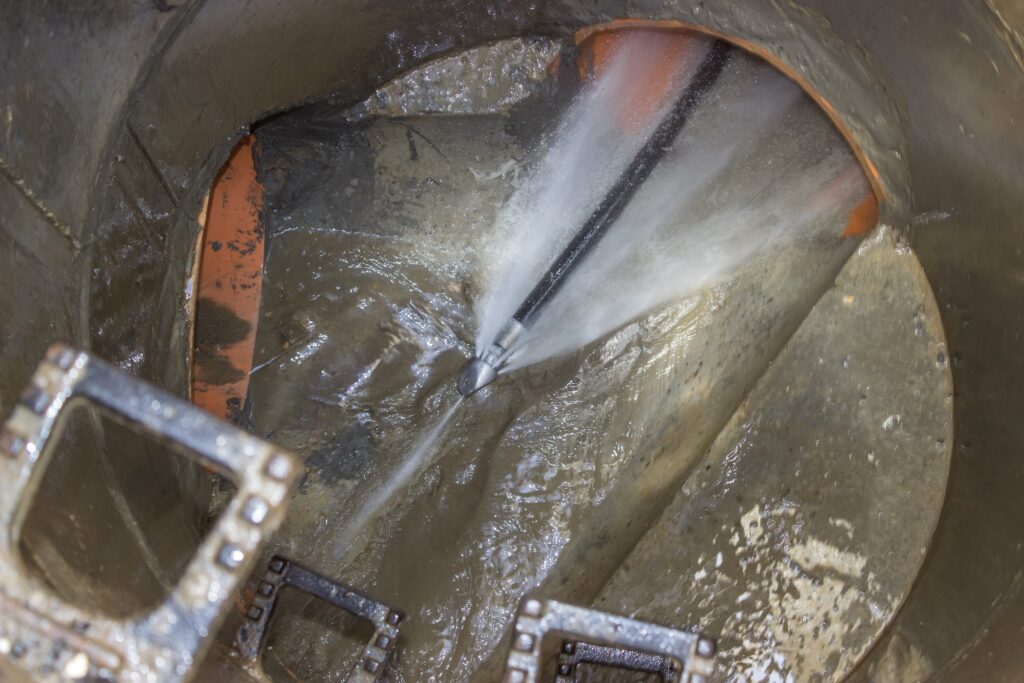
A roaring fire looks inviting on a chilly evening, but you might wonder if it really lightens the load on your furnace and trims your heating bill. The answer depends on the type of fireplace you have, how you use it, and your home’s layout. At Russo Bros. & Co., in East Hanover, NJ, we help homeowners balance comfort against cost so that you can enjoy warmth without unexpected charges.
How Fireplaces Deliver Heat to Living Spaces
A traditional wood-burning fireplace sends heat into a single room by radiation and convection. You feel the warmth on your face as glowing embers release energy, while air drawn into the firebox travels up the chimney. However, much of that warmed air escapes outside, carrying heated room air with it.
A metal grate can lift logs for better airflow, while a reflective fireback can radiate more heat into the room. A fireplace screen is important for safety since it stops sparks, but it doesn’t increase heating performance. Without efficiency boosters, you may actually pull more cold air from adjacent rooms or from outside to replace the air lost up the flue.
Comparing Fireplace and Central Heating Efficiency
Most furnaces today operate between 80% and 98% efficiency, depending on whether they are standard or high-efficiency models. In contrast, open fireplaces often operate at under 20% efficiency because so much warmed air exits up the chimney.
While you may save a little fuel by running your fireplace for a few hours, your furnace may need to run longer to reheat the space once the fire dies down or when cold outside air infiltrates through the flue. Keeping this trade-off in mind helps you understand when the fireplace is helping and when it’s just for ambiance.
Factors That Affect Fireplace Heat Output
How fast smoke and heat leave your home depends on your chimney’s size. A taller, wider flue lets more warm air rush out. The wood you choose also affects heat. Oak and hickory burn slower and hotter, keeping you warm longer. Pine and fir light up quickly but cool off sooner.
Moisture content in the wood affects flame quality: seasoned logs under twenty percent moisture deliver hotter, cleaner fires. Finally, room size and ceiling height shape how well the heat circulates. A high ceiling traps warmth above the living area, while a small room can feel toasty more quickly. Matching your fire size to your space helps you use fuel wisely and reduces wasted energy.
Best Practices for Efficient Fireplace Use
Stack logs loosely to allow air to feed the fire without smothering it. Place a fireplace grate at the back of the hearth to pull the hottest zone deeper into the room. Add a fireback, a cast-iron plate that sits at the rear of the firebox, to absorb and radiate heat forward.
Keep the damper fully open whenever a fire is burning so smoke and gases can vent safely. Once the fire and embers are completely out and the fireplace is cool, close the damper to prevent warm indoor air from escaping up the chimney. Consider preheating the flue by burning a small rolled newspaper at the damper before adding larger logs. This creates an updraft that pulls smoke up rather than letting it fall into the room.
Upgrade Options: Inserts and Gas Fireplaces
Fireplace inserts fit into existing fireboxes and seal the opening to improve efficiency, often raising it to as much as 70%. They come in wood and pellet models, each with built-in blowers that push warmed air into living spaces rather than letting it rise.
Gas fireplaces offer cleanliness and convenience. A direct-vent gas unit uses an outdoor intake vent and a sealed exhaust to prevent air exchange with your home. This means no drafts or heat loss through the chimney. You adjust flame height with a remote or thermostat setting, and the burner shuts off automatically at low fuel levels.
Safety & Maintenance Considerations
A well-maintained chimney and firebox keep your home safe and your fireplace running well. Creosote buildup inside the flue can ignite at high temperatures, so schedule a chimney sweep annually to clear deposits. Check the firebox lining and mortar for cracks that let heat escape into the framing behind the walls. Install a carbon monoxide detector near any gas appliance, including gas logs or inserts.
Keep firewood up off the ground to reduce pests and rot before you burn it. Having a professional inspection before peak winter use also lets you spot loose bricks, damaged dampers, or rusted firebox components that could send sparks into living areas or allow smoke to backdraft.
Call Us and Get Your Heating System Ready for Winter
A fireplace adds ambiance and spot warmth, but it rarely replaces your furnace entirely. For genuine savings, pair fireside comfort with efficient inserts, strategic operation, and routine chimney care. We also offer fireplace cleaning, chimney inspection, and HVAC tune-ups to keep every part of your heating system running well.
Ready to enjoy a cozy fire and lower bills? Call Russo Bros. & Co. today to schedule your fireplace and system check.




